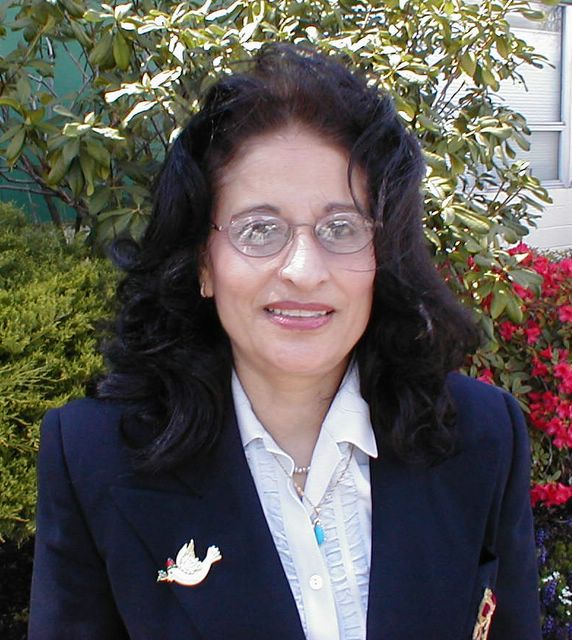A new day in courtrooms
A new day in courtrooms: The ongoing legal proceedings against the former occupiers of the Malheur National Wildlife Refuge have raised some interesting questions about the intersection of communications technology and the law. Most laws in force today were drafted long before Twitter, email, Facebook, live streaming video and a host of other forms of communication were on anybody’s radar screen. That has become an issue in the trial of Ammon Bundy, who led the Malheur occupation.
The ongoing legal proceedings against the former occupiers of the Malheur National Wildlife Refuge have raised some interesting questions about the intersection of communications technology and the law.
Most laws in force today were drafted long before Twitter, email, Facebook, live streaming video and a host of other forms of communication were on anybody’s radar screen.
That has become an issue in the trial of Ammon Bundy, who led the Malheur occupation. He and his followers were heavy users of social media, posting and streaming speeches, updates and video of their activities.
That fact was not lost on law enforcement agencies, who monitored the armed occupiers online, with some of the material they collected now being used as evidence in the criminal cases filed against occupiers.
But technology has moved so quickly that there are a number of areas where the courts still are determining what is acceptable and what isn’t when it comes to online communications. And it’s up to the lawyers and judges to deal with issues as best they can while case law is being developed.
U.S. District Judge Anna Brown has issued an order saying that evidence in the case — including evidence obtained from social media — can be provided to the defendants, their lawyers and people hired or used by their lawyers to work on the case. But it can’t be shared with anyone else, the judge said.
The order covers “statements by witnesses and defendants to government officials, sealed documents and evidence received from searches of electronic media.”
Federal prosecutors and an FBI agent said that releasing “sensitive material” could lead to witnesses being harassed or threatened.
But unlike physical documents, material on social media is a lot harder to control, and access is not easily restricted. And according to attorneys for Bundy, social media plays a large role in the defense strategy.
Defense attorneys Mike Arnold and Lissa Casey say the order is “overly broad” and will hamper their efforts to defend Bundy, The Oregonian reported.
Arnold’s law firm has actively used social media and crowdsourcing for information to use in Bundy’s defense. On April 1, for example, this solicitation was posted on the firm’s Facebook page: “We are looking for photos at the refuge protest that you own (that is, took the photo) and are willing to donate the rights to Ammon, such as photos shaking hands with LEO/FBI, improving the refuge, at press conference, etc.”
Facebook users who responded with comments such as this unedited sample — “There was a video. ... I saw it of when the Fed’s kicked the door down and went full retard on the place” — were asked to send the firm a copy of, or links to, the material.
The Malheur suits will be watched with interest by lawyers following the development of case law on the use of social media in trials. It will be instructive to see how the opposing attorneys’ arguments play out, and what precedents may be set for the use of social media in the future.


<< Home